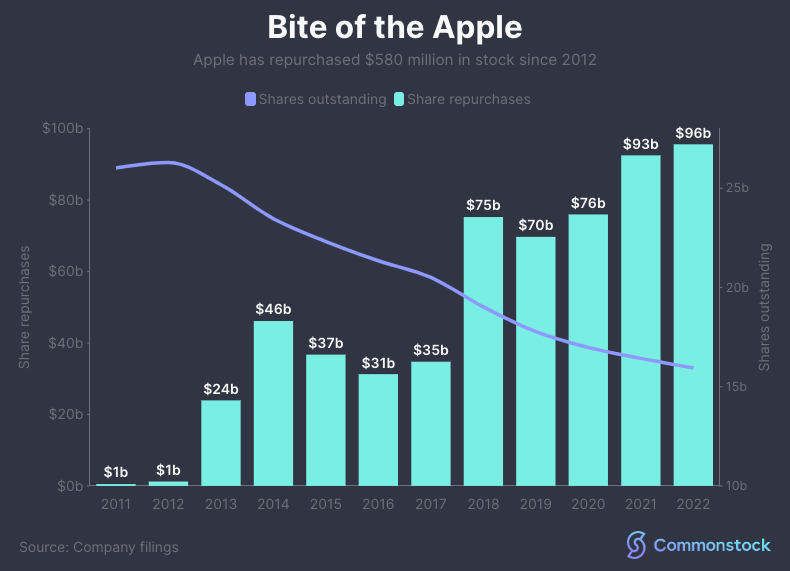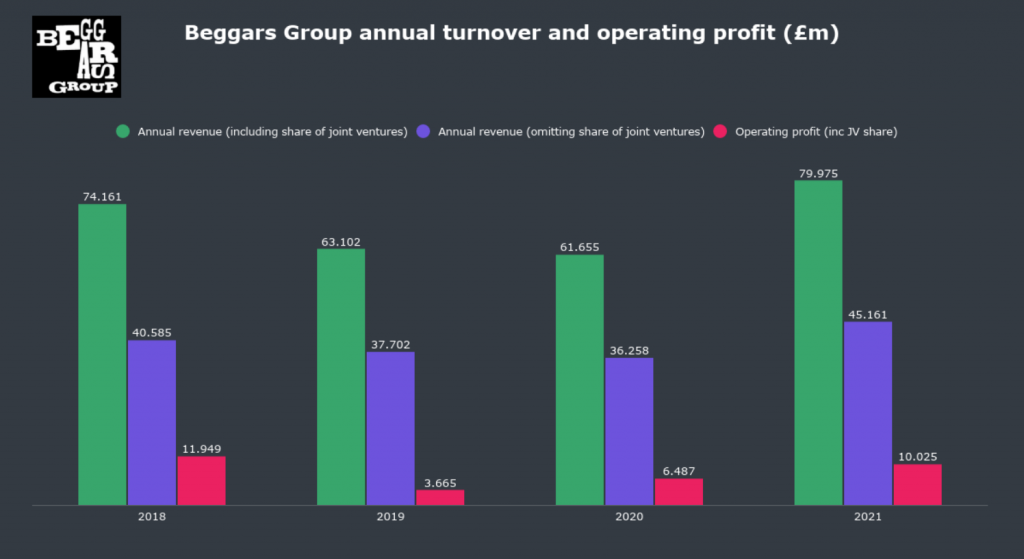Wise.com (formerly known as TransferWise) is an online money transfer platform that has become increasingly popular in recent years. One of the reasons for its popularity is its low fees, which have made it an attractive option for people looking to send money abroad.
However, with the recent changes to the fees structure, it’s important for users to be aware of the current fees before making any transactions. Here’s an overview of the current Wise.com fees in the UK:
Transfer Fees
Wise.com charges a transfer fee, which is based on the amount you are sending and the currency you are sending it in. The fee is usually a percentage of the total amount being sent and can range from 0.35% to 2% of the total amount.
Exchange Rate
Wise.com uses the mid-market exchange rate, which is the rate that banks use when trading currencies with each other. This means that the exchange rate you get is usually better than what you would get from a bank or other money transfer service.
Additional Fees
In addition to the transfer fee, Wise.com may also charge additional fees for certain transactions. For example, if you are sending money to a bank account that is not in your name, you may be charged an additional fee. Similarly, if you are sending money to certain countries, you may be charged an extra fee due to local regulations.
Conclusion
Overall, Wise.com fees are still relatively low compared to traditional banks and other money transfer services. However, it’s important to be aware of the current fees before making any transactions. By doing so, you can ensure that you are getting the best deal possible and avoiding any unnecessary fees.

